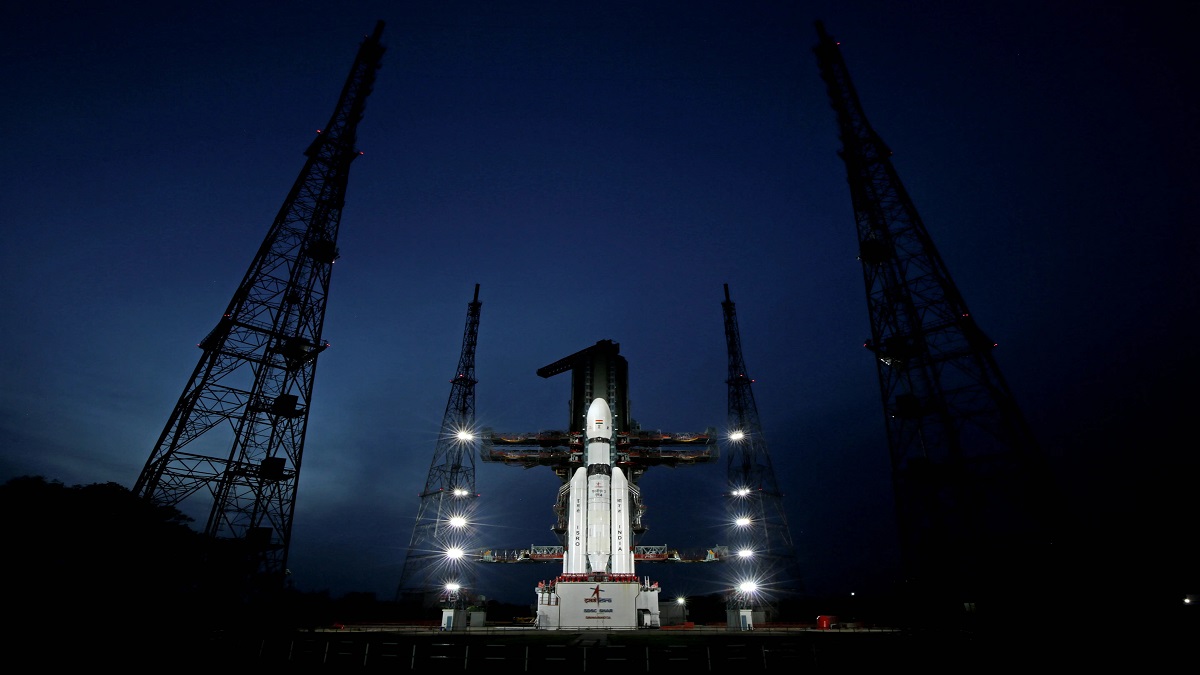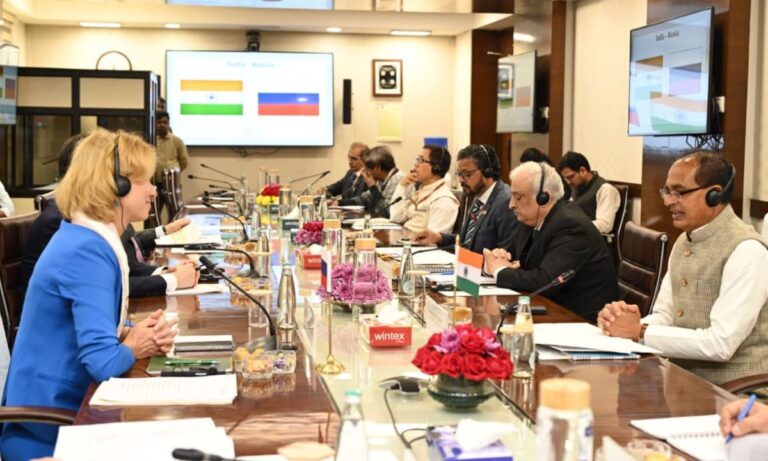
Chandrayaan-3: India's Next Lunar Mission Embarks on a Journey of Scientific Discovery and International Collaboration ( Credit: ISRO )
The Chandrayaan-3 mission showcases India’s unwavering dedication to space exploration, underscoring its steadfast commitment to furthering scientific knowledge. This ambitious mission aims to demonstrate safe landing and roving capabilities on the lunar surface while conducting in-situ scientific experiments. This article delves into the details of Chandrayaan-3 from an exploration perspective, highlighting its objectives, components, scientific payloads, and the significance of international collaboration in space missions.
Table of Contents
Chandrayaan-3 Mission Objectives
The Chandrayaan-3 mission is driven by three primary objectives:
- To demonstrate safe and soft landing on the lunar surface
- To demonstrate the capabilities of the rover for traversing the moon’s terrain
- To conduct in-situ scientific experiments to enhance our understanding of the moon’s composition, geology, and environment

Components of Chandrayaan-3
- Propulsion Module: This module carries the lander and rover configuration until it reaches a 100 km lunar orbit. It includes the Spectro-polarimetry of Habitable Planet Earth (SHAPE) payload, which studies the spectral and polarimetric measurements of Earth from the lunar orbit.
- Lander Module: Responsible for the soft landing on the lunar surface, the lander incorporates advanced technologies and lessons learned from Chandrayaan-2. It carries scientific payloads such as ChaSTE, ILSA, LP, and a Laser Retroreflector Array.
- Rover: The rover serves as a mobile laboratory, analyzing the lunar surface’s geological and chemical composition. Equipped with APXS and LIBS, it provides insights into the elemental composition of lunar soil and rocks.
Enhanced Technologies for Safe Landing
Building upon the experience of Chandrayaan-2, ISRO has enhanced the lander module’s features for a successful soft landing. It includes improvements such as hazard detection and avoidance systems, multiple hazard detection cameras, and stronger impact legs. These upgrades ensure a safe traversal of the lunar surface and increase the mission’s chances of success.
Scientific Payloads for Lunar Exploration
The scientific payloads carried by Chandrayaan-3 are instrumental in gathering data and conducting experiments on the lunar surface. The lander payloads include ChaSTE for measuring thermal properties, ILSA for detecting moonquakes, LP for estimating plasma density, and a Laser Retroreflector Array for precise distance measurements. The rover payloads, APXS and LIBS, provide valuable insights into the elemental composition of lunar materials.
Significance of Chandrayaan-3 in the Context of International Collaboration
India’s participation in the Artemis Accords, an agreement promoting peaceful and sustainable space exploration, opens avenues for collaboration between India and the United States. The data and findings from Chandrayaan-3 hold significant value for NASA‘s Artemis program, which aims to establish a sustained human presence on the moon. The collaboration between these two nations fosters shared knowledge and expertise, propelling the advancements in space missions.
Learn More: NASA’s Artemis Program
Launch and Mission Timeline
Chandrayaan-3 is scheduled for launch on July 14, 2023, from the Satish Dhawan Space Center in Sriharikota, India. The GSLV-Mk3 launch vehicle will carry Chandrayaan-3 into an elliptic parking orbit. After reaching lunar orbit, the lander will separate for a soft touchdown in the moon’s south polar region. The rover will then embark on a 14-day exploration journey, collecting invaluable data for scientific research.
Download: Chandrayaan-3 Brochure
Conclusion
Chandrayaan-3 represents India’s dedication to advancing space exploration and scientific discovery. With its mission objectives focused on safe landing, rover mobility, and in-situ scientific experiments, Chandrayaan-3 promises to push the boundaries of our understanding of the moon. Furthermore, its significance in the context of international collaboration highlights the shared vision of exploring the cosmos for the benefit of humanity. As we eagerly anticipate its launch, Chandrayaan-3 symbolizes India’s commitment to pushing the frontiers of space exploration and unlocking the mysteries of the universe.
( UPSC Tip: Understanding the objectives, components, and scientific payloads of Chandrayaan-3 is crucial for UPSC aspirants as it demonstrates India’s advancements in space technology, international collaborations, and the potential impact on scientific research and future space missions.)






